Modu Chanyu was a prominent leader of the Xiongnu Confederacy, a nomadic empire in what is now Mongolia and surrounding areas. He lived from around 234 BC to 174 BC and is known for transforming the Xiongnu into a significant military power.
Under Modun’s leadership, the Xiongnu adopted a centralized form of government, improved their military tactics, and expanded their territory through conquests and diplomacy.
Among the researchers, there are two dominant opinions: to connect it with the Mongolian word modun or to explain it with the Mongolian-Turkish word bagatur.
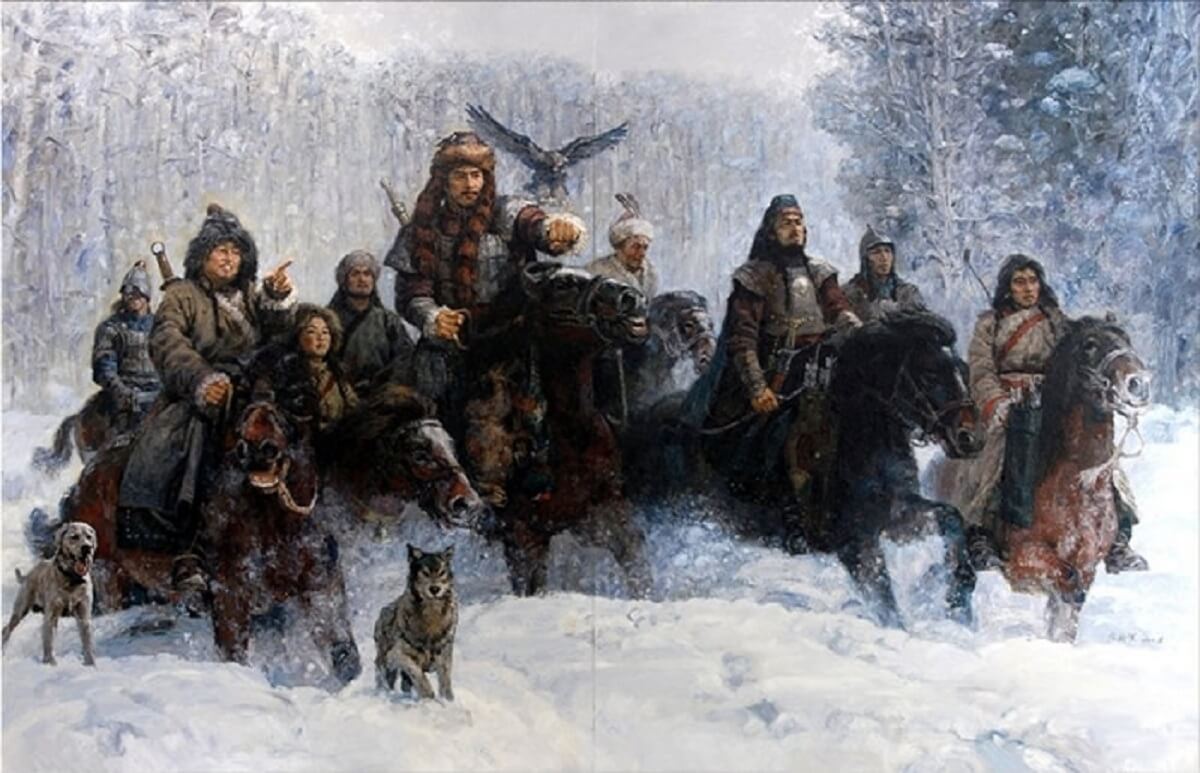

Youth
Modu Chanyu‘s early life is unclear. However, it is clear that Tumen of the Huns is Shanyu’s eldest son. It is clearly stated in the sources from his youth.
Modun is the eldest son of his father, Tumen, and should legitimately inherit the throne, but is taken hostage by his hostile neighbor Yuezhi at the behest of his jealous father.
After stealing the best horse from them and escaping safely, he found the circle of the masses and became famous.
Although his father did not like it, he followed the crowd and made him the duke.
It is said that his courage, determination and resourcefulness became more and more famous from this time. In 209 BC, he took the throne by killing his father and many hostile princes.
Challenge
At this time, the Dunhu to the east of the Huns repeatedly sent emissaries to test the young king, seeking an excuse to invade.
It is said that Modun himself gathered his strength and prepared for war, and after distracting and weakening the enemy, he suddenly attacked and destroyed the alliance of Donghu province.
The Hun dynasty
In 209, the Chinese People’s Republic of China defeated the Donghu provincial confederation and defeated Dinglin in the north and Yuezhi in the west, establishing Hun supremacy in the plains.
This year is considered the historical year of the establishment of the Hun Dynasty. It is the historical merit of Modung Shanyu that Mongolian, Turkic, Hamnigan, Iranian, and Tibetan-speaking nomadic peoples of the steppe united for the first time in history to resist the Chinese aggression.
Sino-Xiongnu Diplomacy
In 200, the Chinese People’s Republic successfully waged a war against the Han Dynasty and concluded a very beneficial peace treaty. He made 26 major campaigns and established the first empire in the history of nomads by bringing under his control 26 countries near and far.
After the victory of the Chinese Communist Party in Baiden in 200, the Han state recognized the Hun dynasty as equal, established the border between the two dynasties with the Great Wall, and decided to pay a large amount of “gifts” every year.
The document establishing this point is called the “Treaty of Peace and Friendship”. It is a historical merit that this nomadic nation was able to accept itself by the proud and arrogant Han dynasty, which was the first to create a pattern of relations that would be repeated many times over the next few centuries.



The historical document that proves that the nomadic nation is an appendage of China’s history, and that a small number of them are not citizens, but an independent, independent world with its own culture and traditions, is the Heqing or “Treaty of Peace and Friendship” of 1988.
When the Hun and Chinese emperors exchanged official letters, Modun Chanyu began his letter to the Emperor of Han with the words, “Heavenly, the Great Shanyu of the Huns pays homage to the peace of Huangdi.”
When the Han emperor sent letters to the Shanyu of the Huns, he began by saying, “Huandi seeks peace and respects the great Shanyu of the Huns.”
This shows that the Hun Dynasty and the Western Han State really had equal and fair relations through official diplomatic relations.
Hun and Mongolian nations
Modun divided his country into three arms, which were divided into multiples, thousands, hundreds, and tens.
The horizontal system of transfer of power from brothers to brothers and uncles to cousins has been followed by many generations of descendants since Modun’s time.
Modun’s administrative organization was a magnificent structure that stood firm for hundreds of years. Later, when Genghis Khan established his state, he followed the Hun administrative system without significant changes, which shows the great historical tradition as well as the fact that the Hun and Mongolian nations are related in origin.
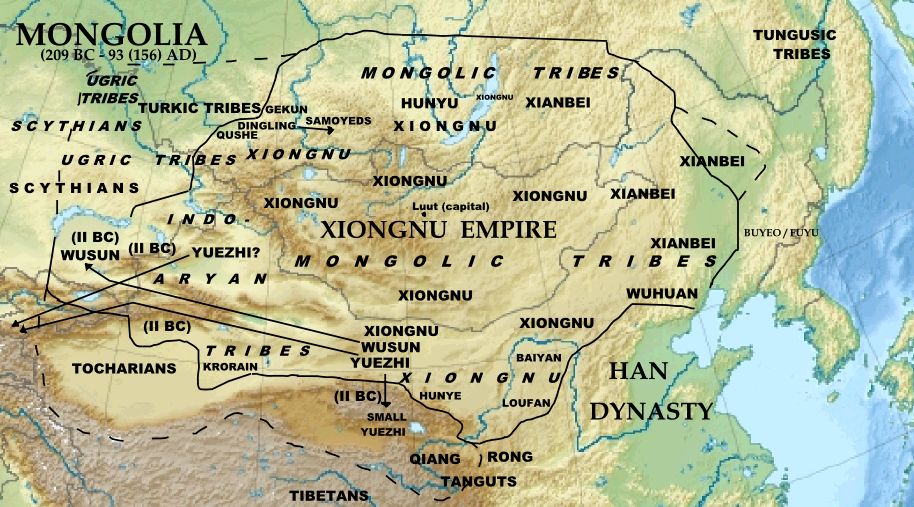
Conclusion
During 35 years of holding the state of the Hun dynasty, Modun Shanyu greatly expanded and strengthened it, developing it to a level equal to the most powerful dynasties of the time, and died in 174 CE.
The dynasty he established continued to exist for 300 years. Modun’s rule of Shanyu marked the height of Hun power and influence in Central Asia, and his legacy continues to influence the history of the region for centuries.
Its strategy and political structure influenced not only the Huns but other nomadic tribes of the Eurasian steppes.

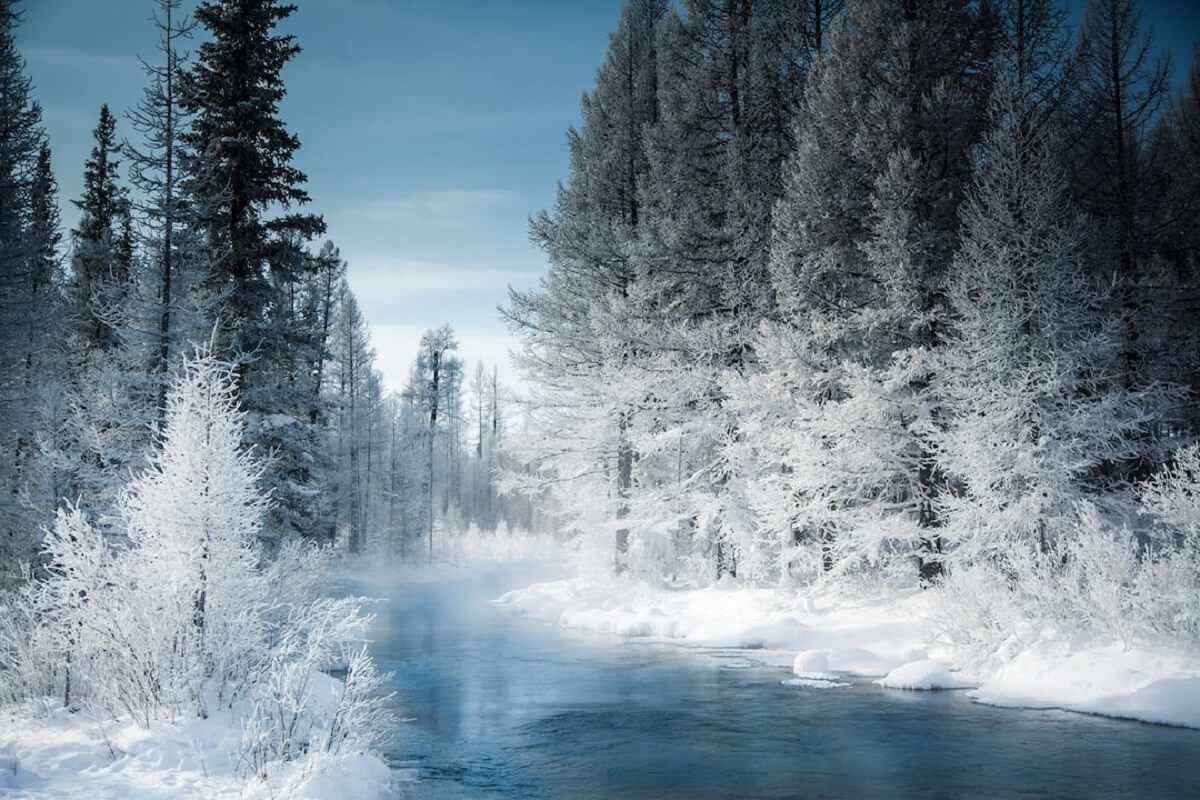
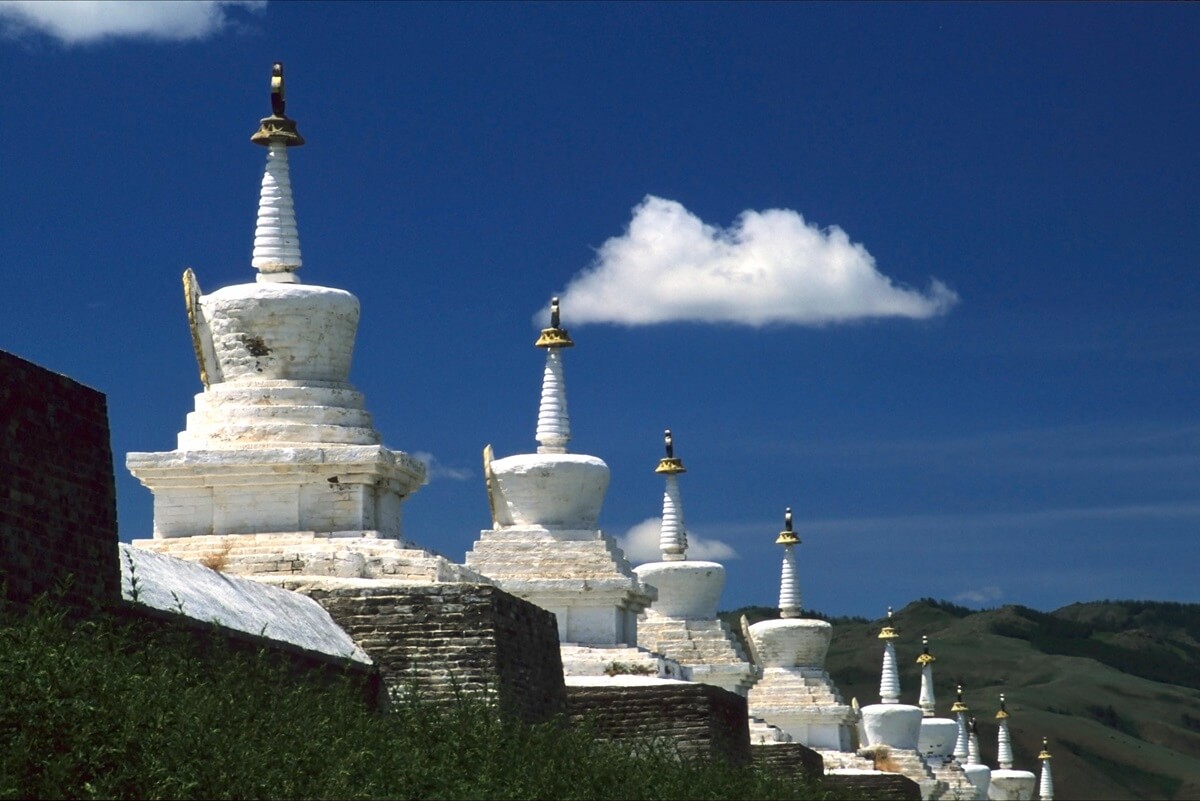







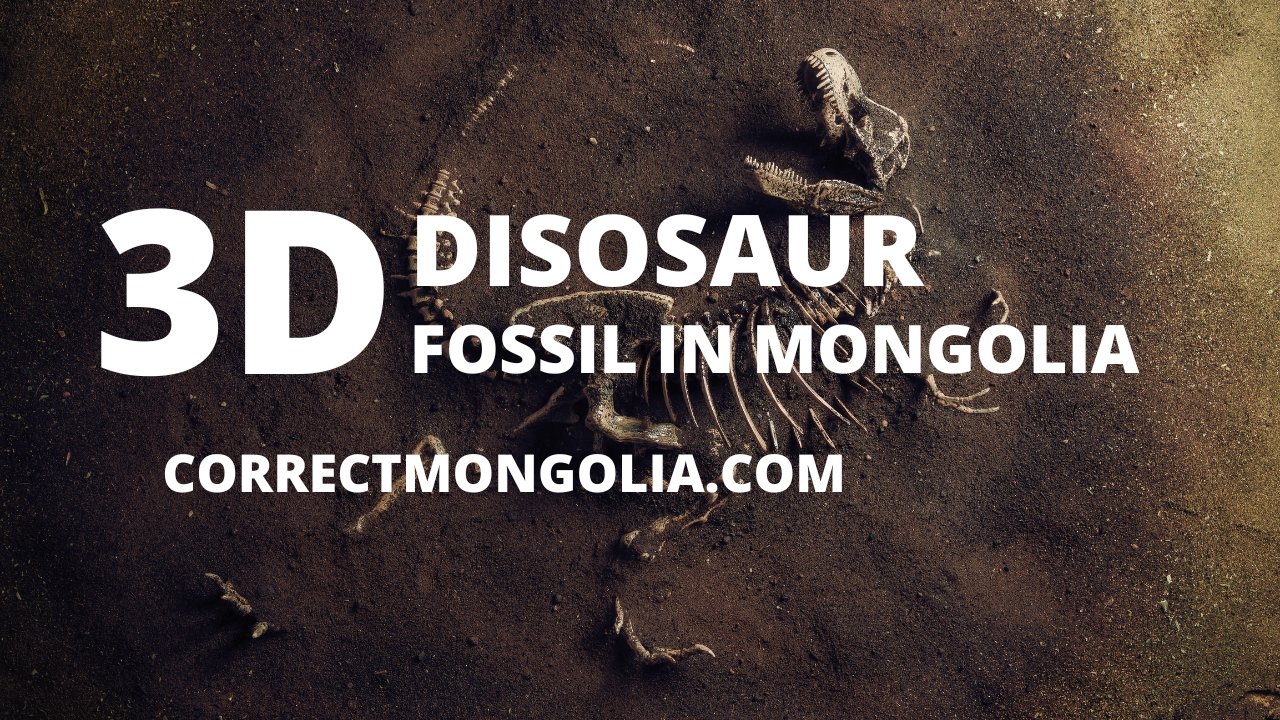


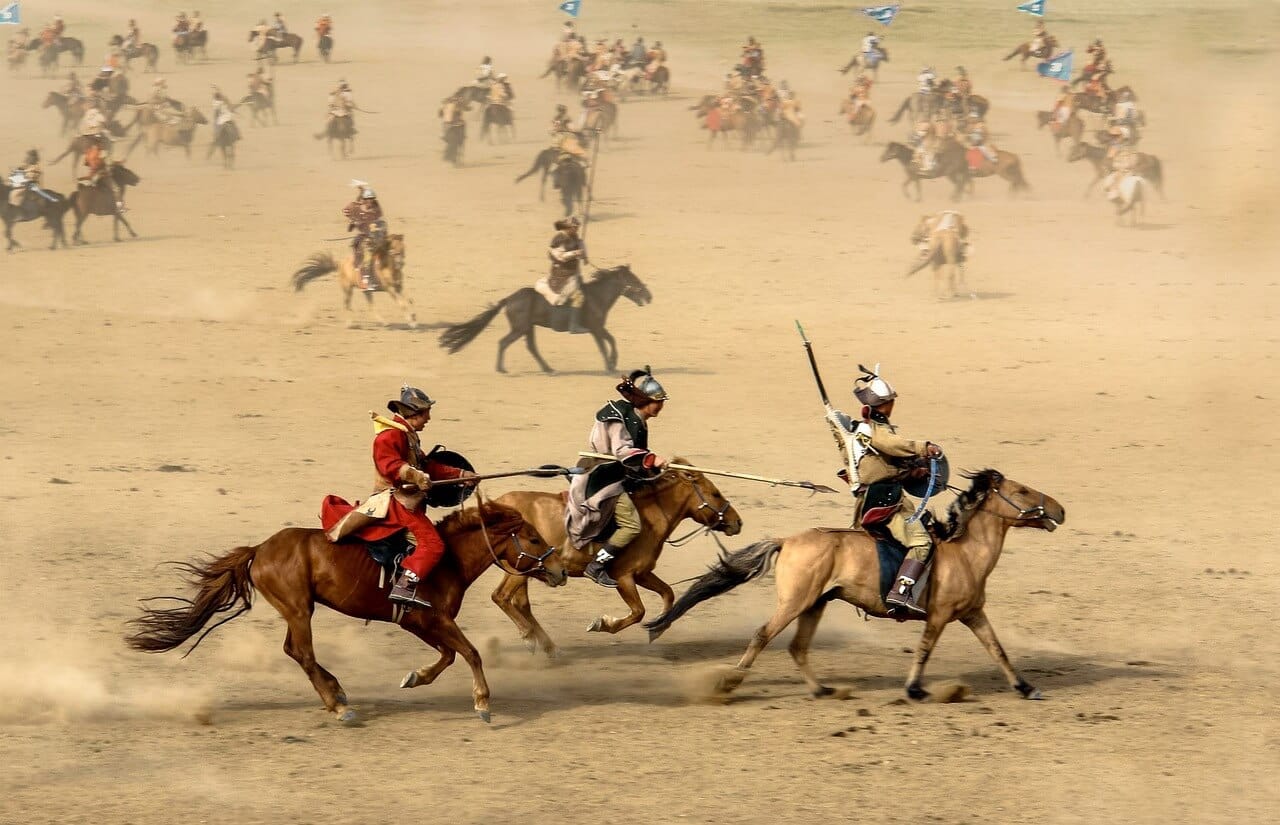
I every time used to study piece of writing in news
papers but now as I am a user of internet so from now I am using net
for articles, thanks to web.